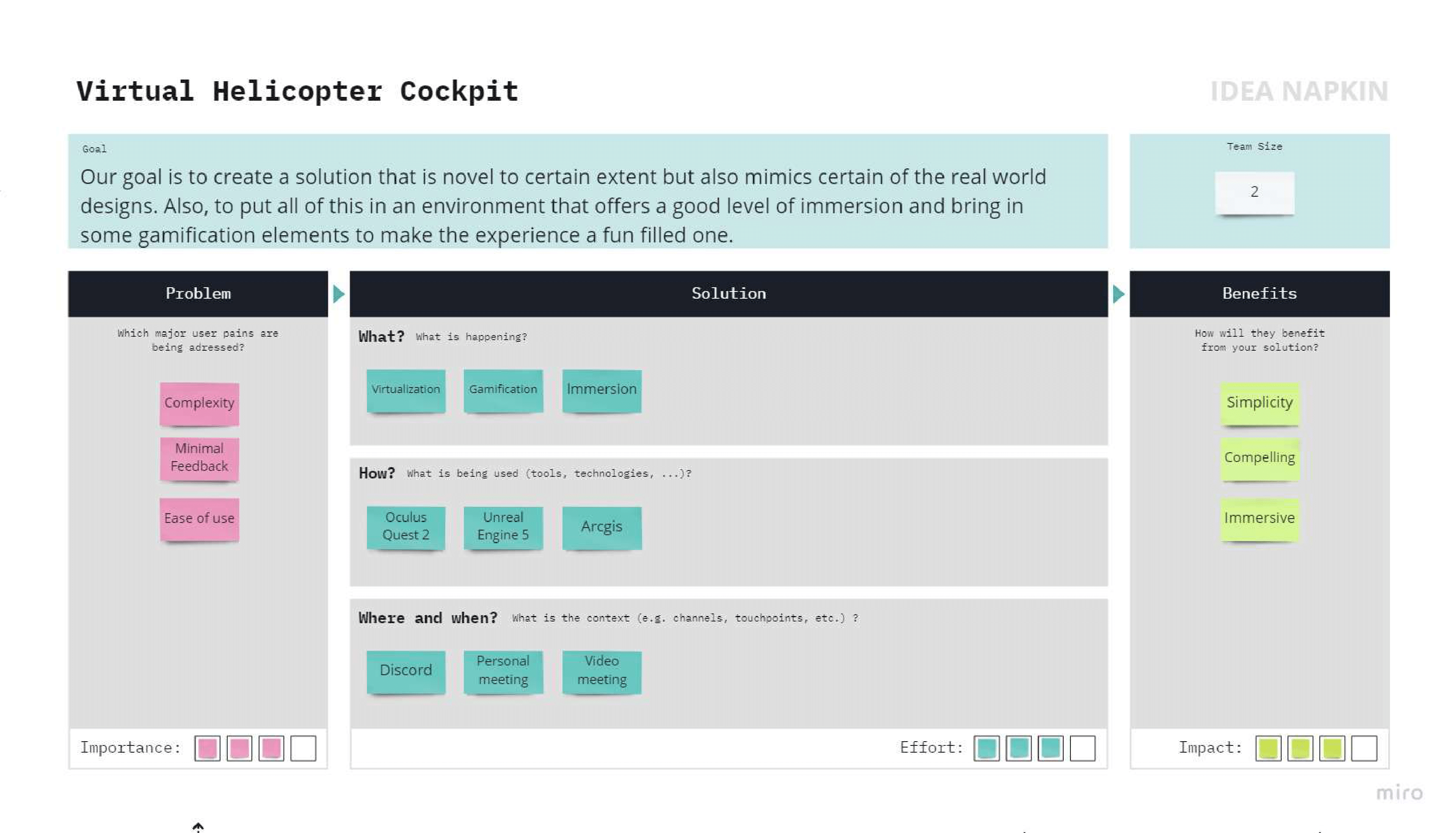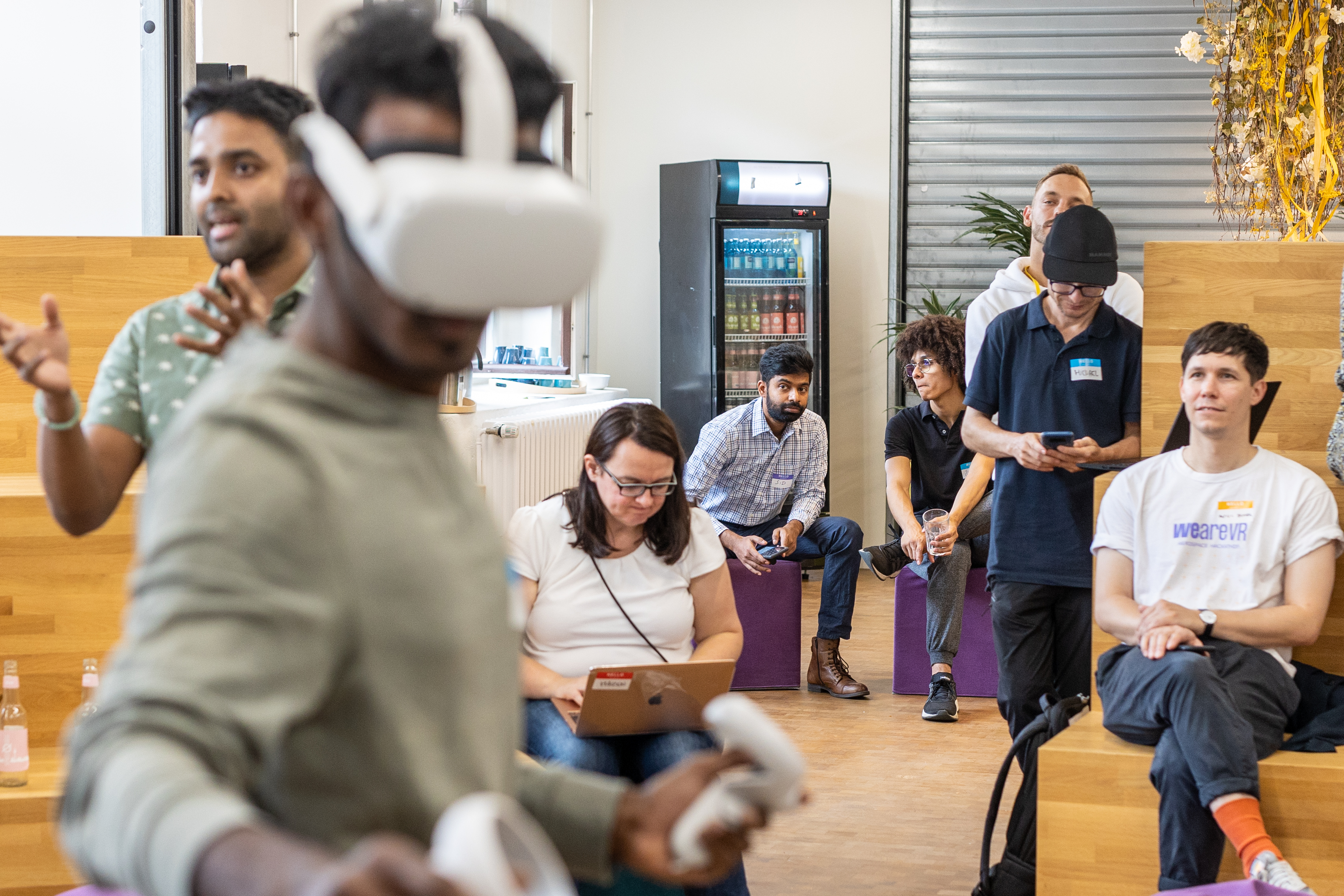
weareVR Hackathon
As a solo developer, I had the incredible opportunity to participate in the global VR/Game developers hackathon in Berlin, held from August 3rd to 19th. The focus of the challenge was to completely reimagine the design of a virtual helicopter cockpit not by simply replicating existing layouts, but by fully embracing the immersive possibilities of VR to create a truly intuitive and forward-thinking interface. This experience drove me to think beyond traditional control schemes and interaction methods, pushing the boundaries of what's possible in virtual reality design.Proposed Idea

Tools & Softwares Used
Unreal Engine 5.0, Arcgis, Cesium for Unreal Engine, Oculus Quest 2, Photoshop and ArcGIS CityEngineTeam Information
- Rahul - VR Development Using Unreal Engine (C++/Blueprint) and some UI designing using Photoshop and research on Arcgis and Cesium for Game Engine
- Palaniappan Mohan - UI designing using Photoshop, 3D City designing using Arcgis CityEngine and research on Arcgis and Cesium for Game Engine
Project Description
The project was setup completely in Unreal Engine 5.0 and it was designated to run on Oculus Quest 2 VR device. The development spanned over a period of two weeks - I was mostly working on it after my work hours. The aim was to sort of bring a balance between the existing setup and pitch in some level of invovation. This way we make it easier for people to relate with the existing setup and possible updation that could make things a lot easier to comprehend. Here's a video recording that demonstrates the solution we pitched on this hackathon.We ensured that there is a good amount of interaction involved in the application so that the participants will feel a great level of immersion thereby detatching themselves from the real world. Most of the controls can only be operated by physical movement of your hands which in turns drives the helicopter around in the scene. For example: To hold the flight control stick you move your hand next to stick and press a button on the Oculus quest 2 controller and then as you move your hand in the real world the control stick follows your hand position which drives the helicopter along the position of the stick/hand.
The 3D environment, Tempelhof Field, choosen for the application is constructed in Arcgis CityEngine. This provided us an opportunity to place a real world environment with some realistic terrain and obstacles so the participants can get a better look and feel along with a significant level of immersiveness. We tried to use GIS plugins for game engines such as Cesium and ARCGis to load the 3D model on the fly but later dropped the plan since we couldn't find a free city model for Berlin that could be loaded into the application on the fly.
Event Photo
